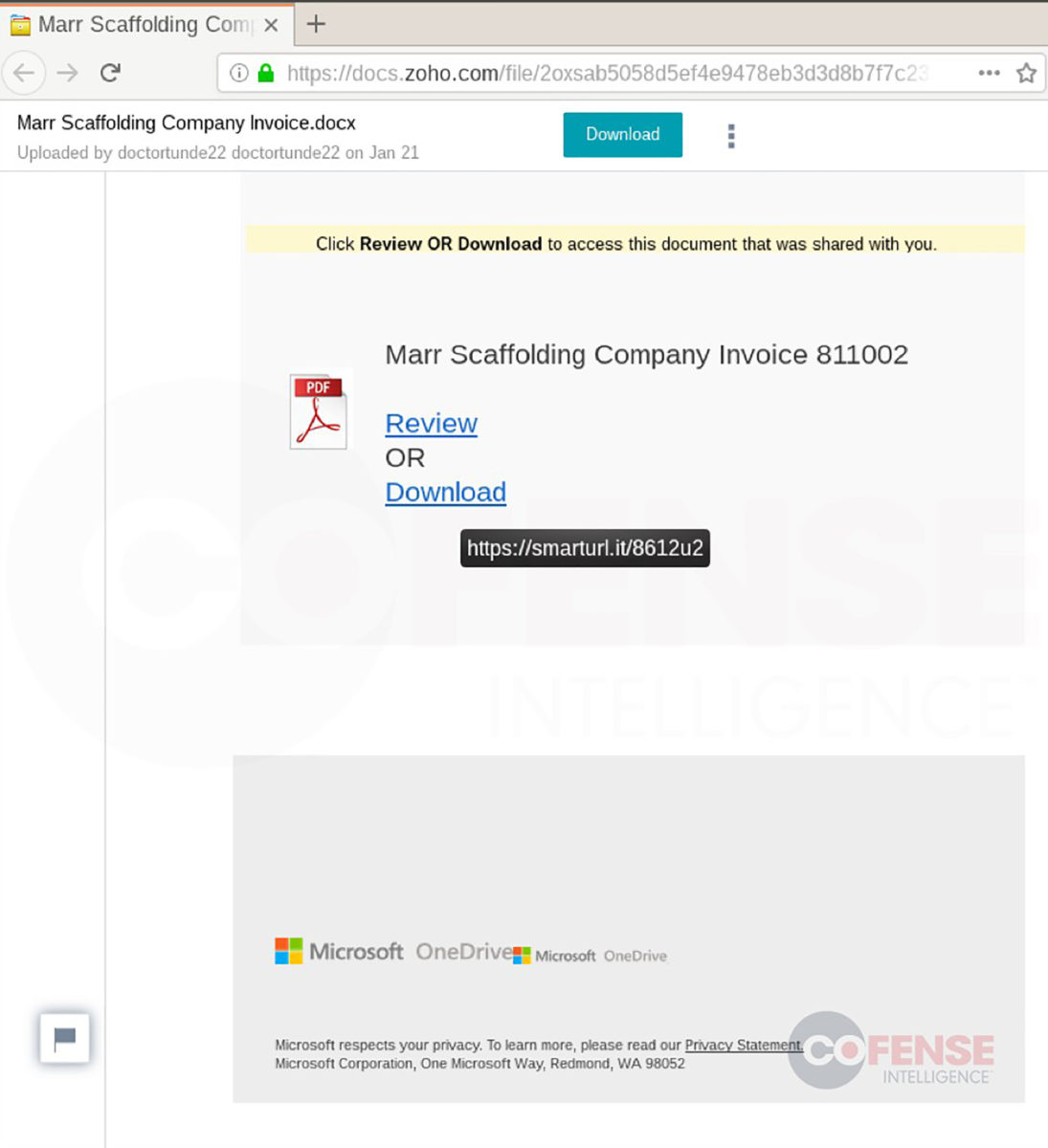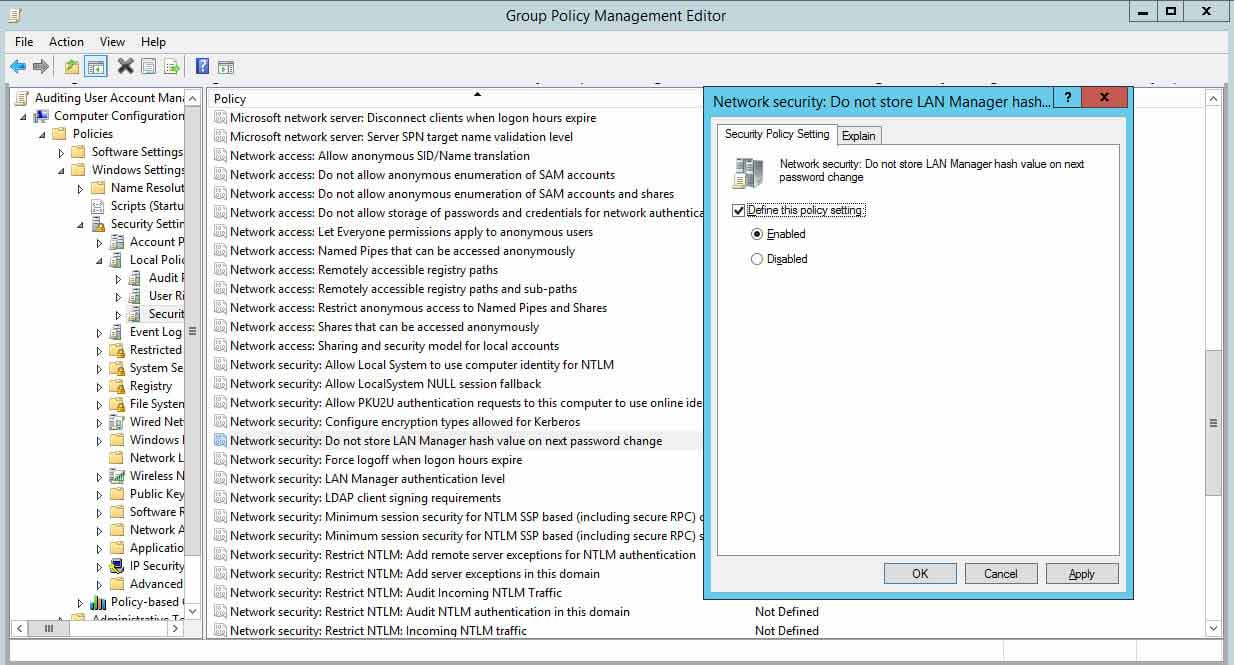
- #ONE DRIVE MICROSOFT PROPERTY EDIT LEGAL HASH FULL#
- #ONE DRIVE MICROSOFT PROPERTY EDIT LEGAL HASH OFFLINE#
- #ONE DRIVE MICROSOFT PROPERTY EDIT LEGAL HASH WINDOWS#
For more information, see Choose an Authentication Mode. Optionally, enter a Service Principal Names (SPNs). You can leverage domain credentials and easily manage user rights in your application.
#ONE DRIVE MICROSOFT PROPERTY EDIT LEGAL HASH WINDOWS#
Integrated Windows authentication Use Windows credentials for user validation, security roles and limiting users to features and data. For more information, see Link to or import data from an Azure SQL Server Database. There are four database authentication methods in SQL Server, each of which you can specify in an ODBC connection string. For more information, see Securing SQL Server. Let’s look at three capabilities that stand out for the Access user.
#ONE DRIVE MICROSOFT PROPERTY EDIT LEGAL HASH OFFLINE#
Each server in the cluster is monitored by the cluster manager using a heartbeat, so it detects when the active server in the cluster goes offline and attempts to seamlessly switch to the next server in the cluster, although there is a variable time delay as the switch happens.įor more information, see Always On Failover Cluster Instances and Always On availability groups: a high-availability and disaster-recovery solution.Īlthough you can protect your Access database by using the Trust Center and by encrypting the database, SQL Server has more advanced security features. If one server fails or needs to be taken offline for maintenance, the user experience doesn’t change. Users connect to the instance and never need to know which server in the instance is currently active.
#ONE DRIVE MICROSOFT PROPERTY EDIT LEGAL HASH FULL#
Mirroring is a database-level solution and works only with databases that use the full recovery model.Ĭlustering is a server-level solution that combine servers into a single data storage that looks to the user like a single instance. It can operate in a synchronous (high safety) mode, where an incoming transaction is committed to all servers at the same time, or in an asynchronous (high performance) mode, where an incoming transaction is committed to the active database and then at some pre-determined point copied over to the mirror.

Mirroring is a database-level continuity solution that supports near-instant failover by maintaining a standby database, a full copy or mirror of the active database on separate hardware. SQL Server integrates mirroring and clustering technology with "Always On Failover Cluster Instances" and "Always On Availability Groups". The two most common techniques for achieving high availability and business continuity are mirroring and clustering. For more information, see Backup Overview. Conversely, if you try to create or delete a database file while a backup operation is in progress, the operation fails. Most backup operations occur right away, except file-management and shrink database operations. For more information, see Recovery Models. Especially in an on-premises solution, be aware of the differences between simple and full recovery options and how they affect transaction log growth.

A backup copies data and transaction logs to ensure a complete restore operation. You can do a full backup, a partial backup, or a file backup. SQL Server uses an online backup process that can occur while the database is running. For more information, see Business continuity and database recovery and Drive business continuity with SQL Server (e-book). These two combined technologies are called HADR. In addition, SQL Server also offers high availability (HA) and disaster recovery (DR) strategies. To minimize the downtime and impact to your business, you can back up an SQL Server database while it is in use. Then there is unplanned downtime caused by hardware/software maintenance upgrades, network or power outages, hardware failure, security breaches, or even cyberattacks. Backing up your Access database is essential for protecting your data, but it requires taking your users offline. In this Articleįor your Access solution, you want to keep it up and running with minimal interruption, but your options with an Access back-end database are limited. Once you finish this excursion, you’ll be ready to explore the advances in database technology and take a longer journey. This calls for a tour guide to take you through the highlights that matter to you. Now is a good time to re-think aspects of your solution, especially query performance, security, and business continuity, so you can improve and scale your database solution.įor an Access user to first meet the SQL Server and Azure documentation may feel daunting. Either way, Access is now the presentation layer and SQL Server is the data layer.

Once you have migrated your data from Access to SQL Server, you now have a client/server database, which may be an on-premises or a hybrid Azure cloud solution. Access for Microsoft 365 Access 2021 Access 2019 Access 2016 Access 2013 Access 2010 More.


 0 kommentar(er)
0 kommentar(er)
